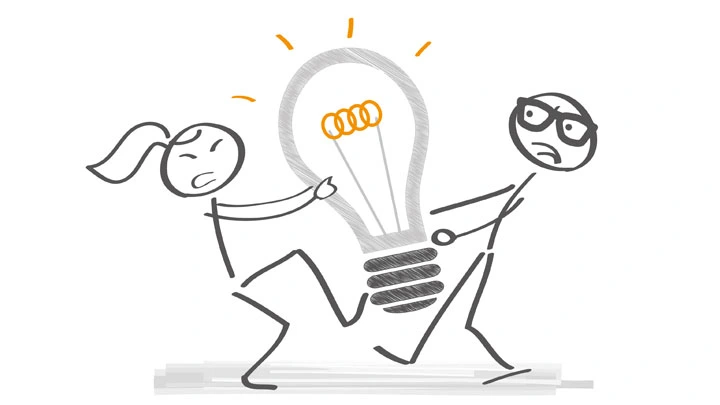Contact us now:
Fundamentals of Copyright Revisited – A Case Review

The law of copyright is based on the principle that anyone who, by his or her own skill and labour, creates an original work shall enjoy the exclusive right to copy that work. Anyone who copies the created work without the explicit permission of the copyright owner (usually the author of the original work) may be liable for copyright infringement.
In Malaysia, the statute governing copyright law is the Copyright Act 1987 (CA) which provides that copyright can only subsist by virtue of the CA (Section 6) as well as the various categories that are eligible for copyright protection (Section 7(1)).
In a copyright dispute, the main contention between the conflicting parties is often whether any copyright subsists in the disputed subject matter for which one party is claiming copyright and whether it falls within the definition of a work under the CA. In the recent case of Siti Khadijah Apparel Sdn Bhd v Ariani Textiles & Manufacturing (M) Sdn Bhd [2019] 7 MLJ 478, the High Court was called to determine issues regarding the subsistence of copyright in a telekung (a long flowing outfit normally worn by female Muslims when performing their prayers) and whether there was unlawful copying of the telekung created by the Plaintiff.
The Defendant raised as a defense that the Plaintiff’s telekung was made based on a common telekung design, freely available to all and that it was purely functional in nature (it is invariably used when performing prayers) and hence not entitled to copyright protection.
The Defendant based their defense on two fundamental copyright principles, which are that copyright can only subsist if the work falls within any one of the categories that are protected under the CA and that no copyright shall extend to the functional object of the work.
It was held by the Court that the Plaintiff had indeed expended sufficient time and effort in the design of the telekung which had unique features, namely it will not leave mark on the user’s forehead and that the user will be comfortable when using it whilst appearing elegant. It was decided that the drawings of the telekung, which consisted of a two-dimensional and a three-dimensional drawings did constitute a ‘graphic work’ under the CA.
The Court further held that the Plaintiff’s telekung was not purely functional in nature and it was therefore entitled to copyright protection. The Plaintiff who had used her time and skill in creating the telekung is the rightful owner of the copyright. Consequently, as the conditions for copyright had been fulfilled, the Plaintiff’s telekung was entitled to copyright protection.
It is interesting to note that the Defendant had also argued in the alternative that even if there was copyright residing in the Plaintiff’s telekung, such protection had been removed as the said telekung had been reproduced for more than 50 times as provided under the now repealed section 7(6) of the CA.
The Court refused to accept this line of argument by the Defendant and held that the repealed provision was no longer enforceable with effect from 01 March 2012. In any event, the repealed section 7(6) CA was not applicable as the telekung could not be considered as an industrial design as envisaged under the Industrial Designs Act 1996 (IDA). The Court opined that the Plaintiff’s telekung would not have been registrable under the IDA.
In summary, the case of Siti Khadijah makes it clear that a created work, which possesses a functional object is not absolutely precluded from copyright protection. A work that may fall short of being an industrial design may still be afforded copyright protection as long as the conditions provided under the CA are well fulfilled.



